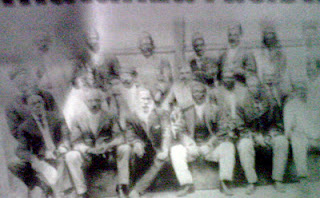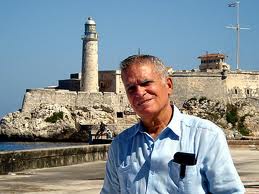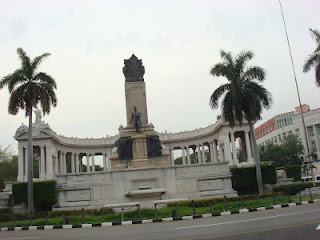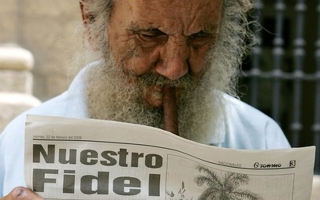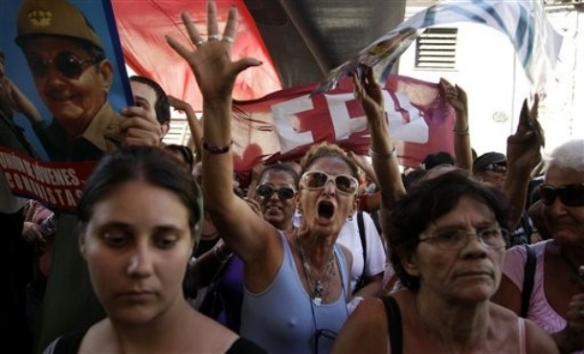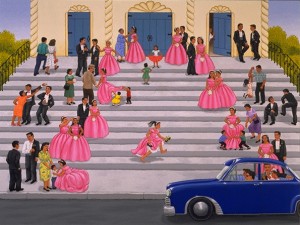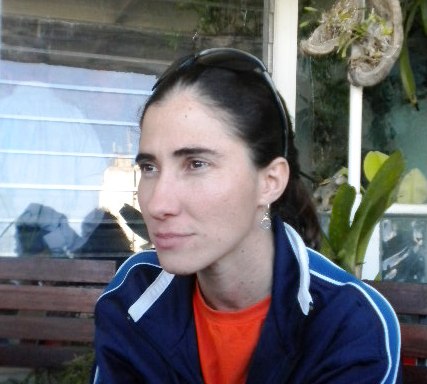In the early years of the Revolution, the state shook the tree, as they used to say back then, but it left some rotten fruits that have germinated and that today defecate on its face.
In the last two decades, there has been a mind set shift in a negative way. Profit, individualism, selfishness, along with racism are social illnesses that even when they were apparently dormant caused damage. Today, these social illnesses are free, with plenty of space within the social fabric and a significant power. They have succeeded and will bring, in a short period of time, the absolute exclusion of blacks and mestizos.
This is happening as a result of the many intellectuals that stare at these issues, without daring to speak up about them with clarity. This shows the high levels of self-censorship and fear that exist within the top ranked Cuban intellectuals.
In Cuba, the Revolution betrayed itself, and it turned into a frustrated phenomenon of social transformation. The hopes and the democratic desires were betrayed by the triumphalism that took the ideals of José Martí and Maceo regarding their vision of a Nation and turned them into dust. Ideology must not be imposed and all races must be fully engaged in the political and social life of the nation.
The Revolution is a traitor to itself. By displacing the previous oligarchy and racist class, it formed the socialism’s bourgeois elite. The acceptance required to fully engage in the political and social life of the nation is given by the individual’s level of ideological and political commitment to the current government and by the color of the skin. There are three key sectors which are the high ruling class and its ramifications like the repressive bodies and the military bureaucracy, formed by managers and other economically powerful positions.
They live in the living spaces that they expropriated from the bourgeois who were displaced by force. Today, according to their ranks, they reside in exclusive neighborhoods where, in many cases, pedestrian access is prohibited to citizens. What has changed? The answer is obvious: everything has changed so that nothing can be changed.
Even more important than those changes in the structural framework are the impacts that they have had within society and on the collective mentality. That’s what the regime fears, because the changes that took place in Cuba were brought by force and imposition. They took advantage of the circumstances and populist character of the moment, and the high degree of illiteracy in the population, to hold their ideas above all others, forgetting their commitment to equality and freedom, with the people and with their companions in the struggle. This, in turn, left out many of those rebels from the struggle who clearly saw the betrayal to the Cuban people and to all the promises, and ended up in prison or in the hands of the firing squads.
The regime fears the psychological rearrangement of a nation that has lived the ebb and flow of a regime that ruled unilaterally for more than 15 years by decrees, until it could design a constitution according to its convenience, a regime in which today, as always, the new class with its sadistic lust for power, promotes structures of entrenchment over the true will of the people.
Published by Primavera Digital, 2012/05/10, No.219
Translated by Chabeli

